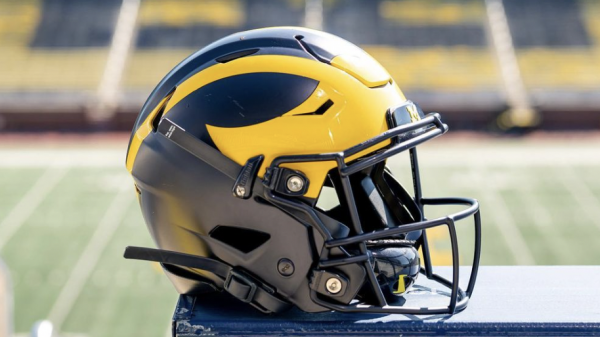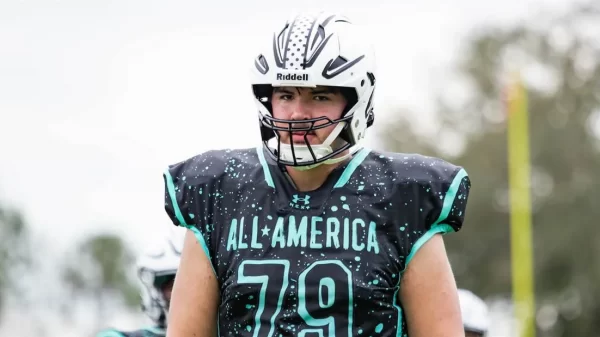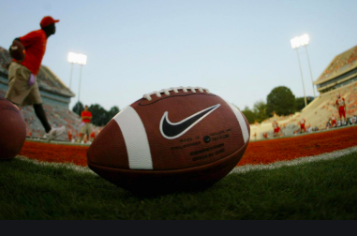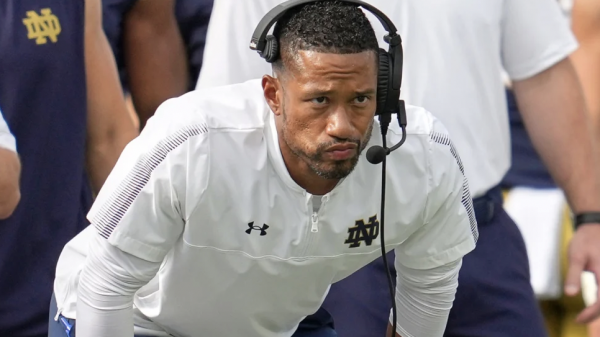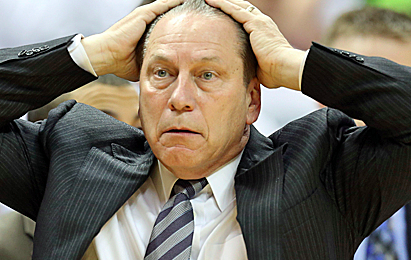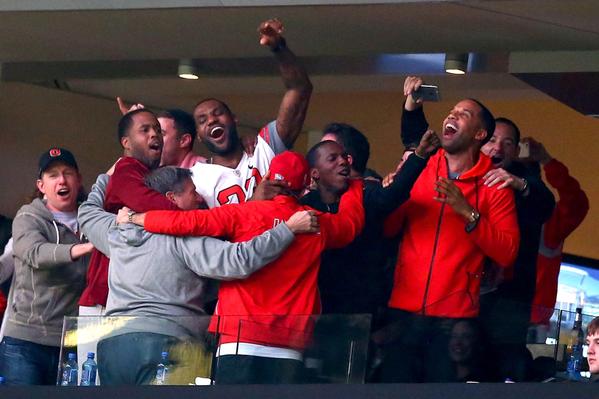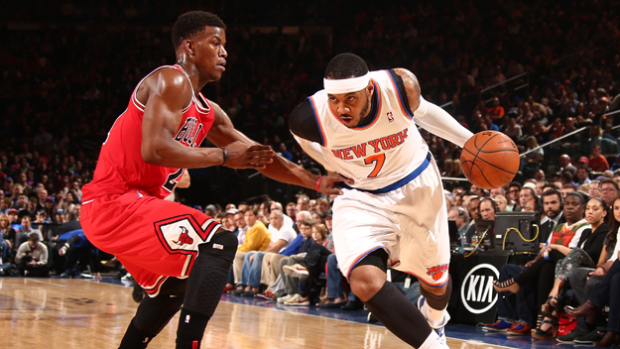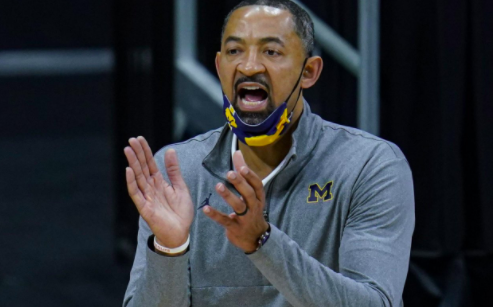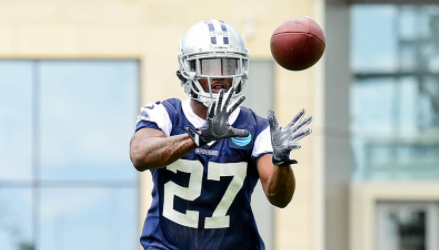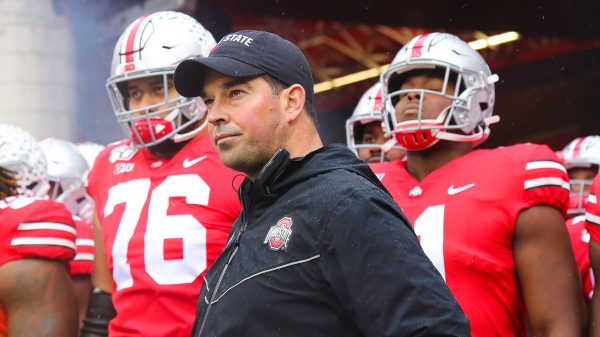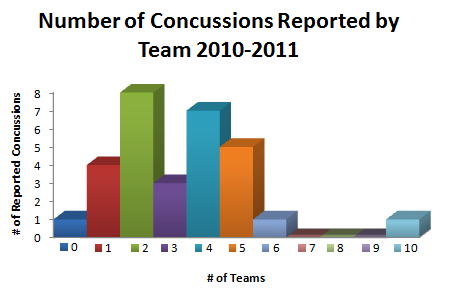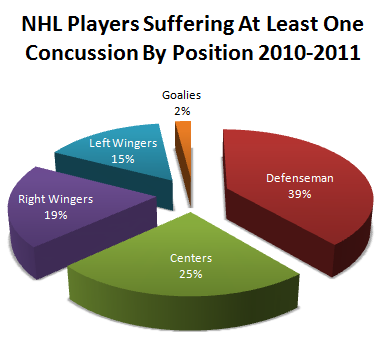
This graph shows that defenseman suffered the most concussions compared to other positions. However, splitting the number in half (to account for a right and a left defenseman) will give you 19.5%, which compares with the other positions at around that 20% mark. The prevalence for concussions appear to occur on any part of the ice.
This last graph is the most troubling. Only one team (Colorado) reported the most concussions with 10, the NY Islanders reported the second most concussions with 6, and the rest of the league reported 5 or less concussions, with Carolina reporting none. With such a disparity in the number of concussions being officially reported by teams, it is doubtful that players in Colorado are at least twice as likely to sustain head injuries. It makes more sense that teams just are not equipped to properly diagnose concussions.
Obviously, ice is a lot harder than grass or wood. Baseball pads stadium walls, while hockey offers the comforting support of steel and plexiglass. With increased awareness players and doctors aren’t taking chances, and players will sit until they are 100% healthy, as they should. With more emphasis being placed on treatment this season, the league needs to take initiative and research all methods of prevention. Rule changes such as removing touch icing and the goalie trapezoid are two easy ways to stop players flying full-speed towards the boards for the puck. Sidney Crosby being compared more to Eric Lindros rather than Wayne Gretzky is not a good sign for the future of the NHL.

